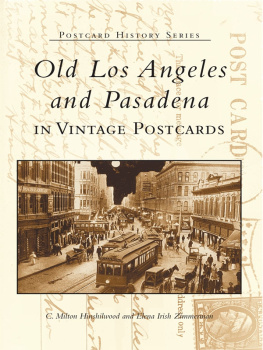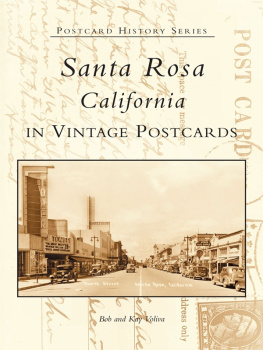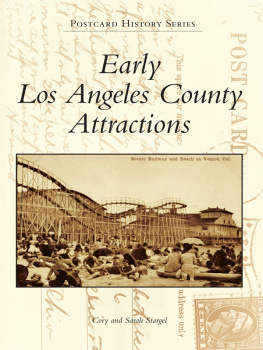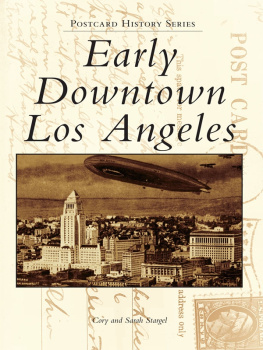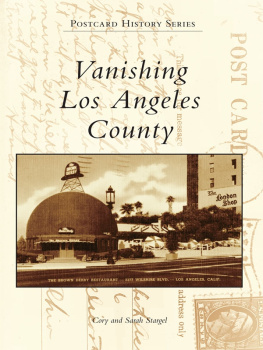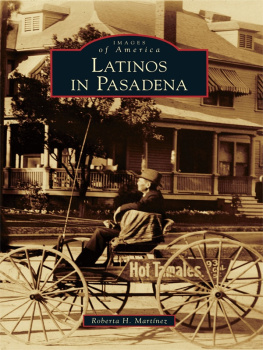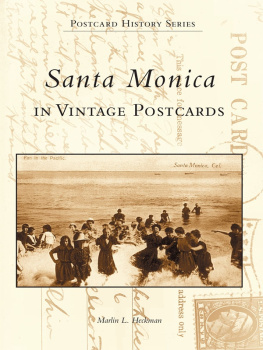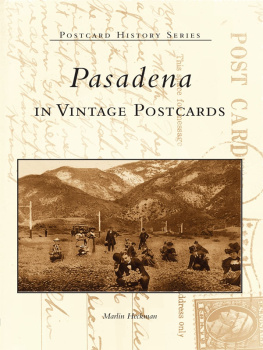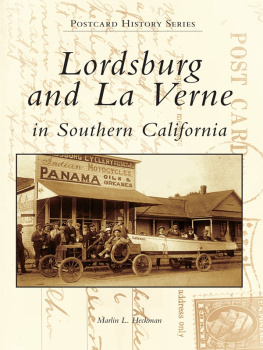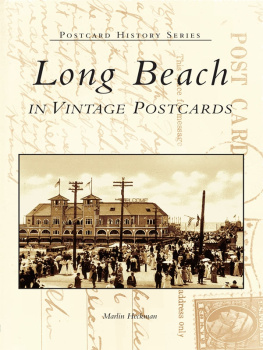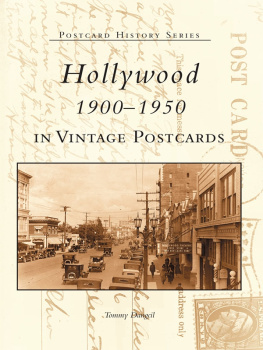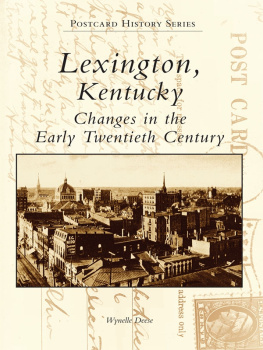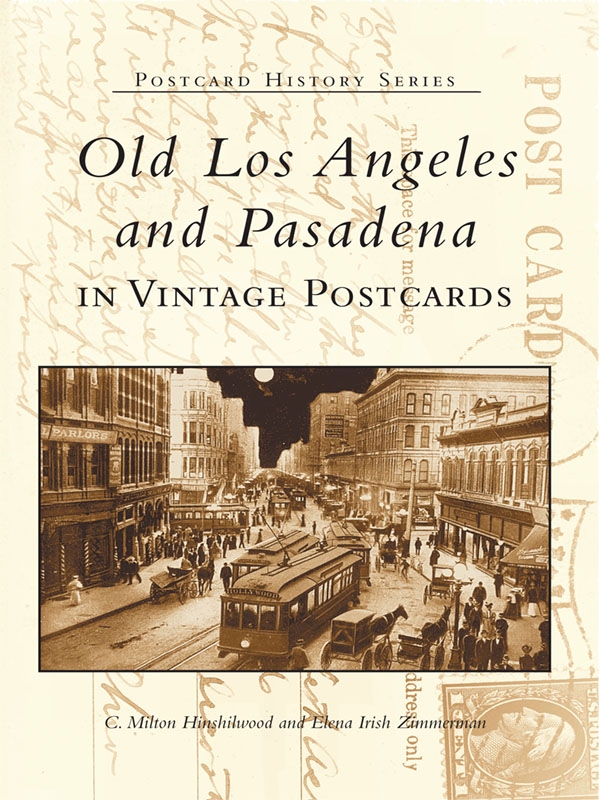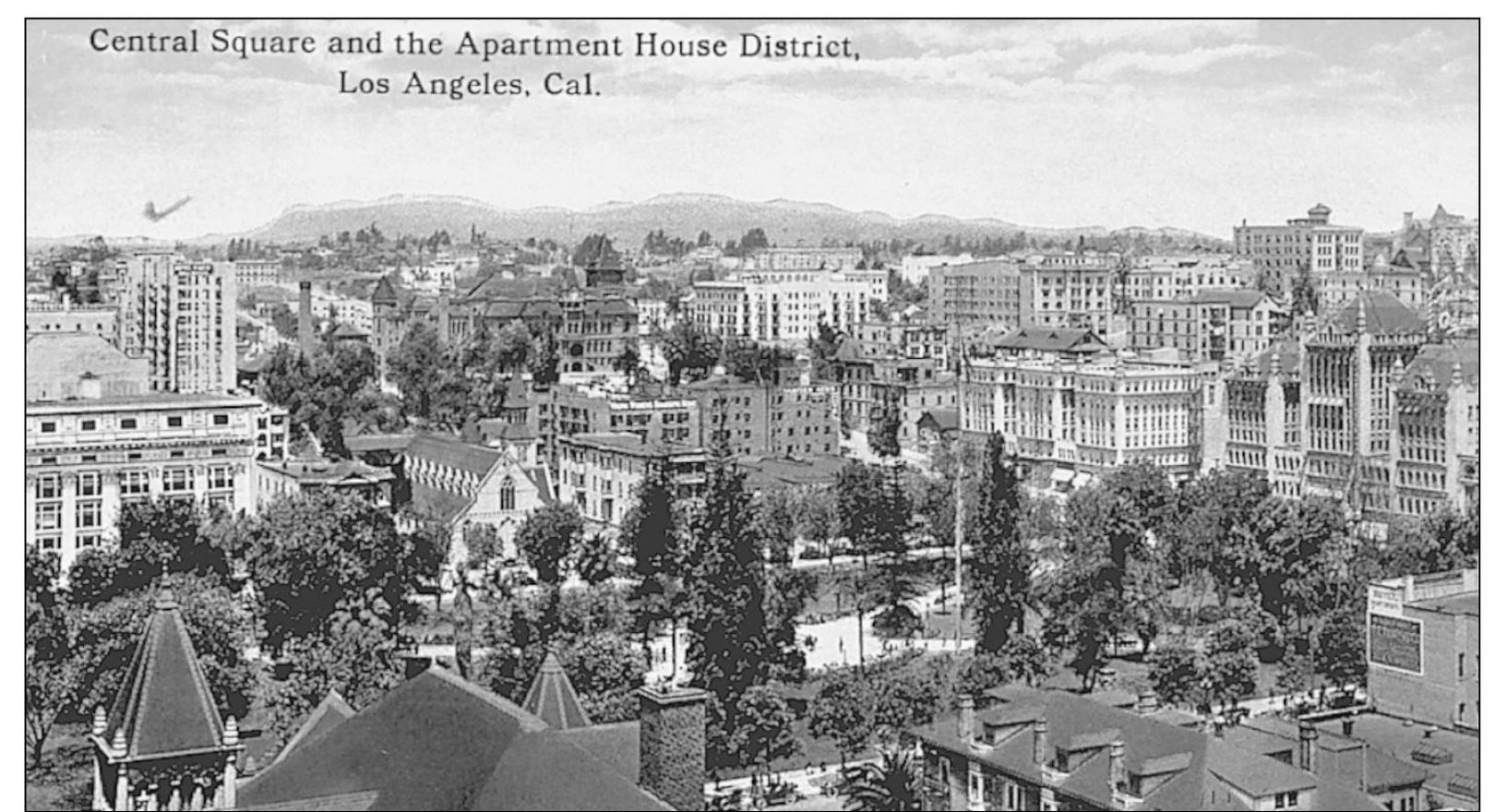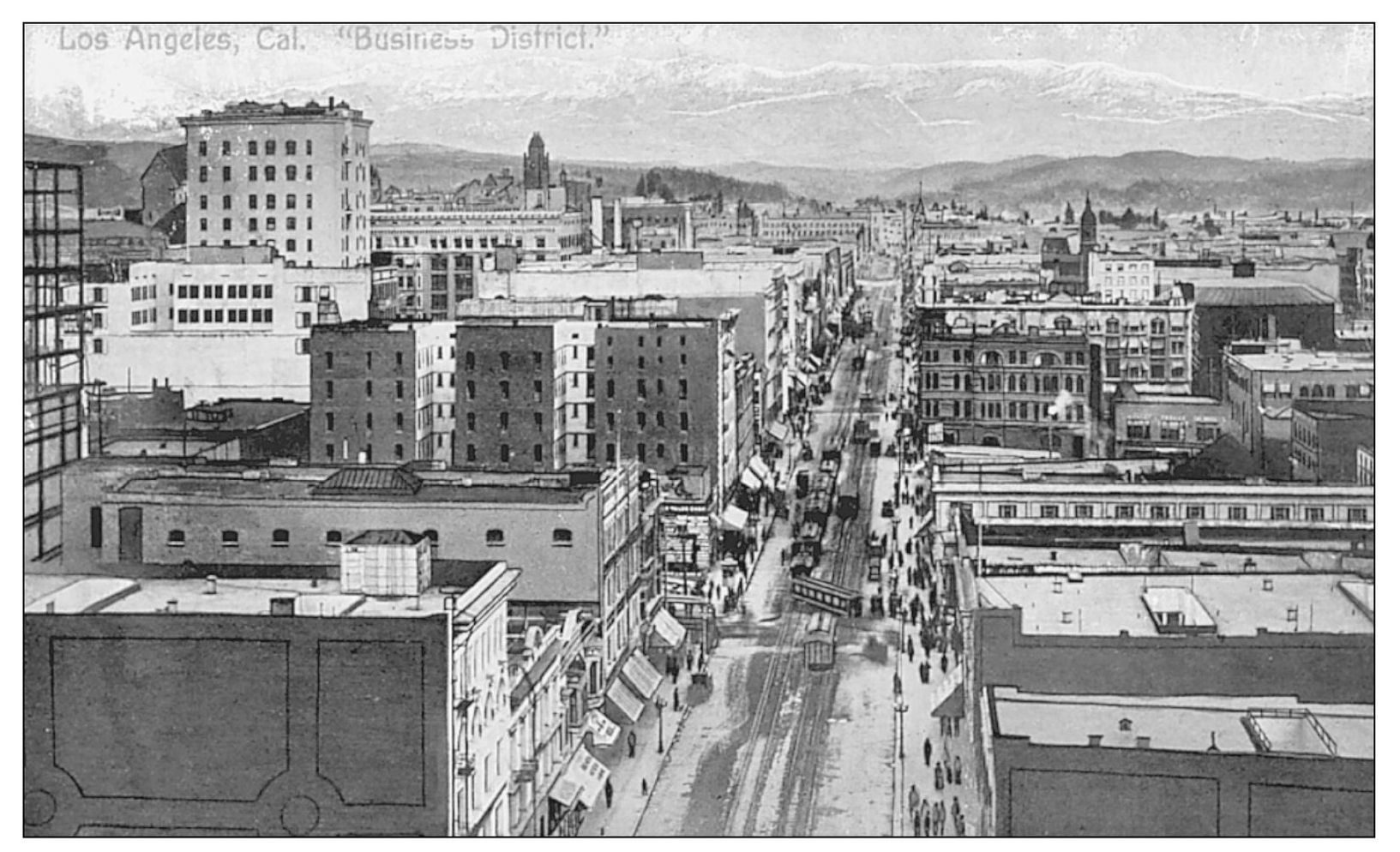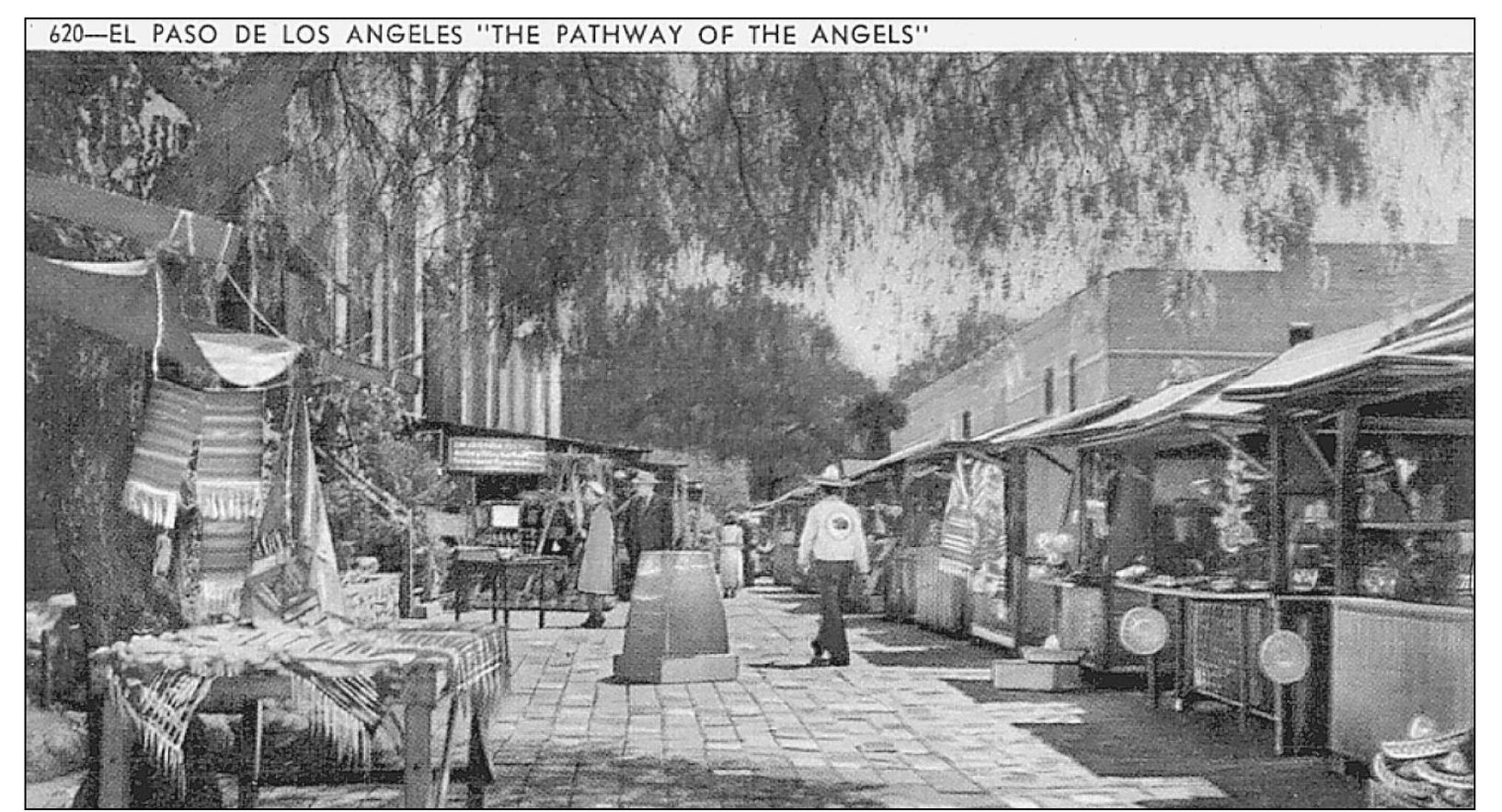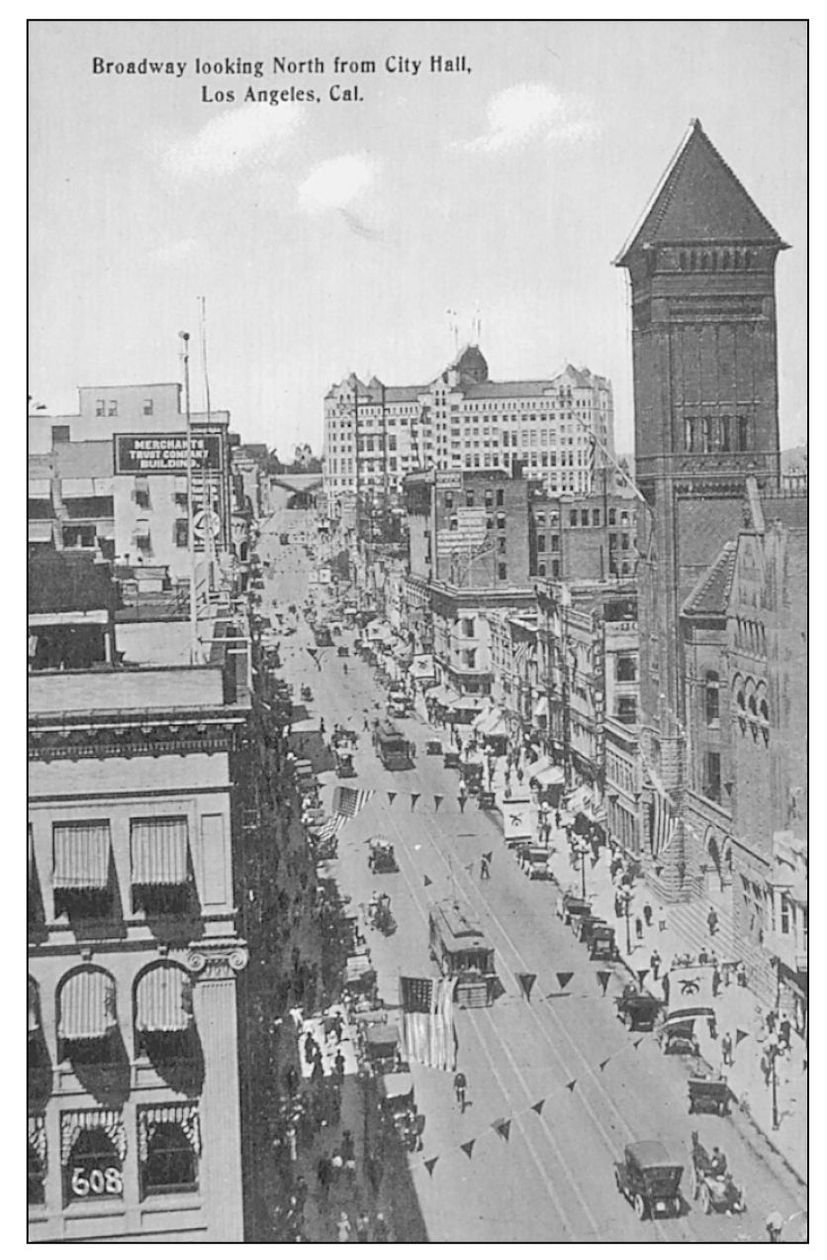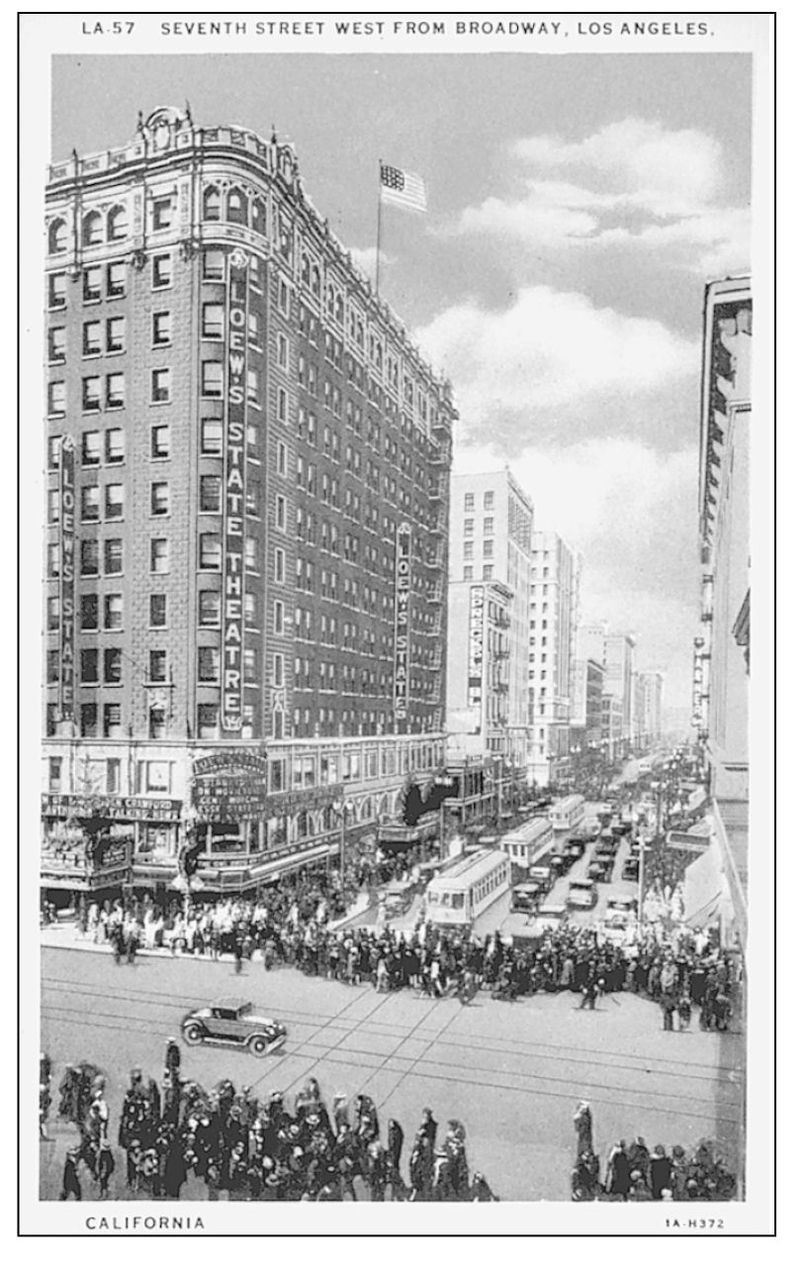We would like to thank the following people for their help in obtaining information for this book. Some of this information is quite difficult to find; we are grateful to these friends from California and elsewhere who took the trouble to find answers to our questions. Some of them sent us copies of published material as well. Thank you all.
Adria de Baca of Pasadena Tournament of Roses Association; Lee Brown of Sunland, CA; Mrs. Bonnie Collins of Pasadena; Graham F. Cox of Knoxville; Starla Jacobs of Pasadena Chamber of Commerce; Los Angeles Convention Center and Visitors Bureau; Don Mclaughlin of Pasadena Public Library; Mrs. Patricia Mann of Altadena, CA; Jean Penn of Pasadena Public Library; Tania Rizzo, archivist at Pasadena Historical Museum; Richard C. Schnell of Los Angeles; Debi Simpson of Pasadena; and Rachel Tucker of Los Angeles Board of Education.
BIBLIOGRAPHY
Apostol, Jane. South Pasadena 18881988: A Centennial History . South Pasadena: Typecraft, 1987.
Brown, Lee. Where Was It? (In Early Los Angeles) . Privately printed. No date.
Caughey, John and La Ree. Los Angeles: Biography of a City . Berkeley: University of California Press, 1976.
Crump, Spencer. Ride the Big Red Cars: How Trolleys Helped Build Southern California . Los Angeles: Crest Publications, 1962.
Ellington, Darcy, editor. Americas New Year Celebration: The Rose Parade and the Rose Bowl Game . Santa Barbara: Albion Publishing Group, 1999.
Eyewitness Travel Guides. California . London: DK Publishing, 1997.
Los Angeles Times . Home Section. October 22, 1961.
Nicholson, Francis Baum. Celebrating the PastImagining the Future: Pasadena Presbyterian Church, 125th Anniversary . No publisher. No date.
Reavill, Gil. Hollywood and the Best of Los Angeles . Oakland: 1994.
Time Out: Los Angeles Guide . London: Penguin Books, 1997.
Walker, Randi Jones. Kept by Grace: A Centennial History of First Congregational Church of Pasadena . Pasadena: Hope Publishing House, 1986.
Wurman, Richard Saul. LA Access . Los Angeles: Access Press, 1993.
Find more books like this at
www.imagesofamerica.com
Search for your hometown history, your old
stomping grounds, and even your favorite sports team.
One
DOWNTOWN STREETS AND BUILDINGS
LOS ANGELES LOOKING SOUTH FROM COURT HOUSE . A fine, inclusive view here of Los Angeles looking down Broadway shows several important aspects of the city about 1905. The courthouse (not seen) was located at Broadway and Temple. The tower at left center belonged to the City Hall, rising noticeably above the flat-topped buildings which were required at the time. The area at upper right was Bunker Hill, a community of choice residences, mostly Gothic mansions with full corner bay windows and spindle turrets. In time the mansions became shabby and were turned into apartment houses. Finally they were razed to make way for new developments. (Published by Detroit Photographic Co.)
CENTRAL SQUARE AND THE APARTMENT HOUSE DISTRICT . Central Square, here almost hidden by the trees, was later renamed Pershing Square. In the foreground we see the First Methodist Church spire and the Auditorium at extreme right. Across the square we see the pointed roof of the St. Pauls Episcopal Church, which was torn down in the 1920s to make room for the Biltmore Hotel. (Published by Western Pub. & Novelty Co., Los Angeles.)
LOS ANGELES, BUSINESS DISTRICT . Looking north to the mountains, this view shows Main Street from south of Fifth. At the far left, a new building is being erected at Spring Street, which was the heart of the financial district in the early 1900s. The tallest building in the picture is the Hibernian Building, which is still standing today at Fourth and Spring. The current business district is primarily on Flower Street. (Published by Newman Post Card Co., Los Angeles.)
EL PASO DE LOS ANGELESOLVERA STREET . Bounded by Sunset Boulevard and Spring Street, Arcadia and Alameda Streets, this is the founding site of the city of Los Angeles. It is made up of a plaza, Olvera Street, a park, and 27 historic or architecturally important buildings. Olvera Street runs off the old Plaza, once the scene of lawless L.A. Since its restoration in 1930 in the style of a Mexican marketplace, its shops sell Mexican dresses, leather baraches, piatas, and food. Several Mexican festivals occur here at various time of the year. (Published by Longshaw Card Co., Los Angeles.)
BROADWAY SOUTH FROM FIFTH STREET . Considered one of Los Angeles main shopping streets, Broadways crowded sidewalks and exotic sounds and smells have always given it an intense, urban quality much like New Yorks Broadway. Deteriorated since the war, however, it no longer is the Great White Way of the West. Many facades now are covered with plastic signs, and sidewalk ornaments are crooked and dirty. This view of an earlier time shows Walkers Department Store (later the Fifth Street Store) on the right. Walkers was known as the place to find a real bargain. (Published by Western Publishing and Novelty Co., Los Angeles.)
BROADWAY LOOKING NORTH FROM CITY HALL . The City Hall is the large building with the tower on the right. Those familiar with old Los Angeles should note the Pig n Whistle sign adjacent to City Hall. Pig n Whistle restaurants were classy places to have lunch and were famous for their desserts. Farther north on Broadway one sees the Chamber of Commerce Building, and at the top of the picture, the Hall of Records and the Broadway Tunnel. (Published by Western Publishing & Novelty Co., Los Angeles.)
SEVENTH STREET WEST FROM BROADWAY . Seventh and Broadway saw more pedestrian traffic than any other intersection in Los Angeles for many years. This view looking west on Seventh Street shows a corner of Bullocks on the right. Loews State Theatre is on the left, and the Warner Bros. sign can be seen at Hill Street one block west. Seventh was a street of fine stores and amusementsthe destination of many a suburbanite. (Published by Western Publishing & Novelty Co., Los Angeles.)

